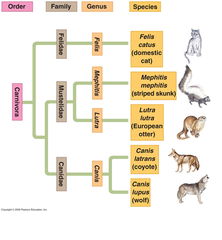Survival of the Fittest - Science of Life - 2022
0.0(0)
0.0(0)
Card Sorting
1/55
Study Analytics
Name | Mastery | Learn | Test | Matching | Spaced |
|---|
No study sessions yet.
56 Terms
1
New cards
Darwin's Theory of Evolution
all species of organisms arise and develop through the natural selection of small, inherited variations that increase the individual's ability to compete, survive, and reproduce.
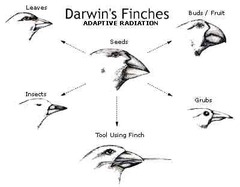
2
New cards
Lamarck's theory
individuals can acquire traits during their lifetime and pass them onto their offspring
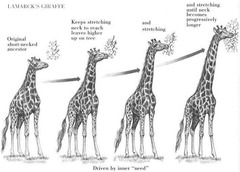
3
New cards
Darwin's contribution to evolution
natural selection
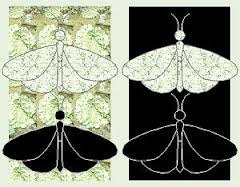
4
New cards
Evolution
the gradual change in the genetic material of
a population of organisms over a period of time.
a population of organisms over a period of time.
5
New cards
Process of natural selection
Mutation/variation > best adapted > more likely to survive & breed > pass genes on to offspring.
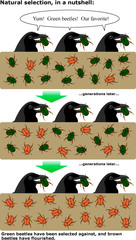
6
New cards
selection pressure examples
- climate change
- predators, disease
- competition
- the availability of food
- predators, disease
- competition
- the availability of food
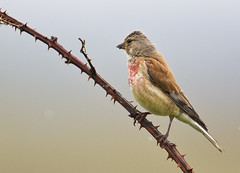
7
New cards
Why is variation important?
The more variation within a species, the more likely it will survive
8
New cards
what are the sources of variation in a population?
mutation, genetic drift, and gene flow
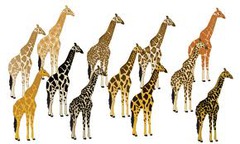
9
New cards
survival of the fittest
also called natural selection. Process by which individuals that are better suited to their environment survive and reproduce most successfully;
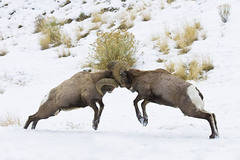
10
New cards
Peppered moth example
originally, the majority of these moths were light-colored, due to natural selection and then when the trees turned black due to the Industrial Revolution in England, the black colored moths came into the majority because of natural selection
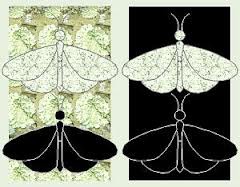
11
New cards
Galapagos Finches
beak shape is determined by the availability of food
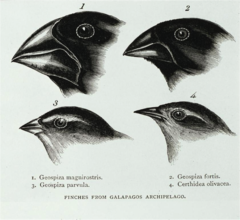
12
New cards
Species
A group of similar organisms that can breed and produce fertile offspring.
13
New cards
Speciation
the formation of new and distinct species in the course of evolution.
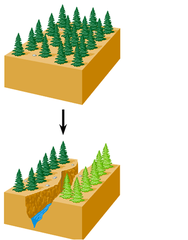
14
New cards
speciation mechanisms
allopatric, sympatric, parapatric
15
New cards
process of speciation
variation, isolation, selection
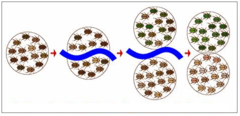
16
New cards
mechanical isolation
Morphological differences can prevent successful mating
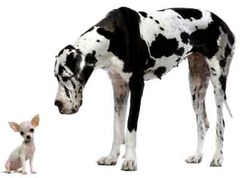
17
New cards
gamete isolation
sperm cannot reach or fertilize egg
18
New cards
Behavioural isolation
when two populations are capable of interbreeding but have different behaviours such as courtship rituals or feeding.
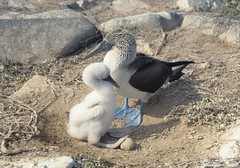
19
New cards
ecological isolation
species occur in the same area but occupy different habitats
20
New cards
geographic isolation
form of reproductive isolation in which two populations are separated physically by geographic barriers such as rivers, mountains, or stretches of water
21
New cards
temporal isolation
form of reproductive isolation in which two populations reproduce at different times
22
New cards
pre-zygotic isolation
mating and fertilization are prevented (no zygote formed)
23
New cards
post-zygotic isolation
mating occurs, but offspring are sterile or die early
24
New cards
Hybrid
Offspring of crosses between parents with different traits
25
New cards
example of hybrid
mule
26
New cards
How does a new species evolve?
1. a population of the same species gets isolated by a barrier
2. the isolated populations are exposed to different selection pressures
3. over time enough differences build up in the two populations until they form new species (cannot interbreed)
2. the isolated populations are exposed to different selection pressures
3. over time enough differences build up in the two populations until they form new species (cannot interbreed)
27
New cards
How to identify the same species?
can reproduce and produce fertile offspring
28
New cards
Extinction
complete disappearance of a species from the earth
29
New cards
How does extinction occur?
- unable to adapt
- competition
- increased predator
- change in environment
- competition
- increased predator
- change in environment
30
New cards
convergent evolution
Evolution toward similar characteristics in unrelated species
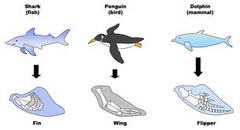
31
New cards
evidence to support convergent evolution
example the different structure internally for fins on sharks, penguins and dolphins, but a similar look and function.
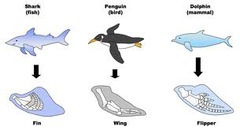
32
New cards
divergent evolution
when two or more species sharing a common ancestor become more different over time
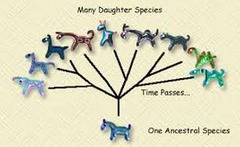
33
New cards
evidence for divergent evolution
homologous structures
34
New cards
homologous structures
Structures in different species that are similar because of common ancestry.
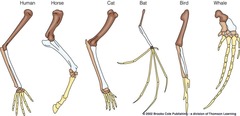
35
New cards
examples of homologous structures
bones of a cat, human, whale, and bat are similar but have different functions

36
New cards
analogous structures
Body parts that share a common function, but not structure

37
New cards
Example of analogous structures
The wings of a bat and the wings of a dragonfly
38
New cards
comparative embryology
the study of the similarities and differences in the embryos of different species
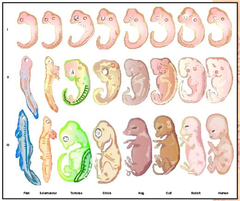
39
New cards
Evidence of Evolution
1) Fossil Record
2) Embryology
3) Homologous Structures
4) DNA
5) Vestigial Structures
2) Embryology
3) Homologous Structures
4) DNA
5) Vestigial Structures
40
New cards
Biogeography
Study of past and present distribution of organisms
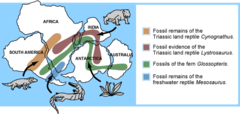
41
New cards
vestigial organs
organs that serve no useful purpose for the organism; these suggest that sometime in the past they were useful

42
New cards
example of a vestigial organ in a human
appendix
43
New cards
example of a vestigial organ in an animal
Pelvic bones of whales
44
New cards
Why do vestigial structures still exist?
They may have been used for previous generations but due to a change in the environment, may not have been needed for future generations.
45
New cards
evidence from nucleotides or amino acid sequences for evolution
the more similar the sequence, the more closely related the organisms are (same for both amino acids and nucleotides)
46
New cards
DNA hybridization
The annealing of a single-stranded DNA molecule to a complementary sequence
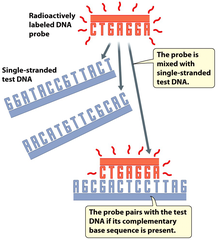
47
New cards
Name of Lamarck's theory of evolution
Theory of Acquired Characteristics
48
New cards
Fossils
Preserved remains of once-living organisms
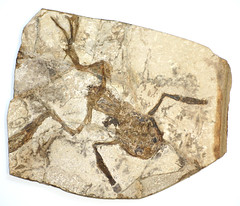
49
New cards
different types of fossils
cast, imprint, mold, trace

50
New cards
relative age
The age of a rock compared to the ages of other rocks
51
New cards
absolute age
the number of years since the rock formed
52
New cards
difference between relative and absolute dating
Relative age is the age of a rock layer (or the fossils it contains) compared to other layers. Absolute age is the numeric age of a layer of rocks or fossils.
53
New cards
How is absolute age determined?
radiometric dating
54
New cards
half-life
length of time required for half of the radioactive atoms in a sample to decay
55
New cards
Radioisotopes
unstable isotopes
56
New cards
phylogenetic tree
A branching diagram that represents a hypothesis about the evolutionary history of a group of organisms.
